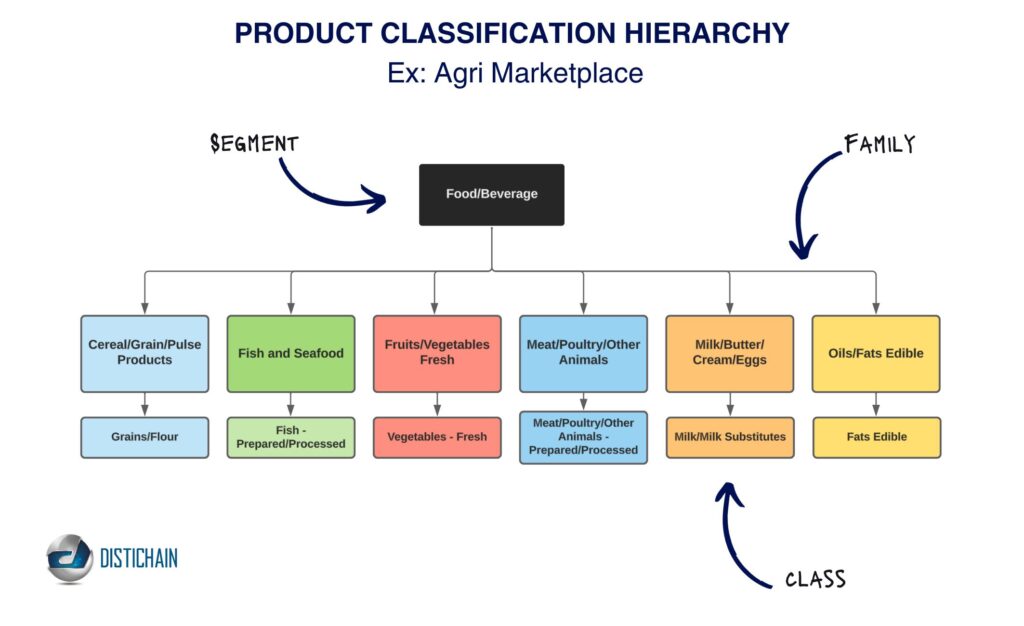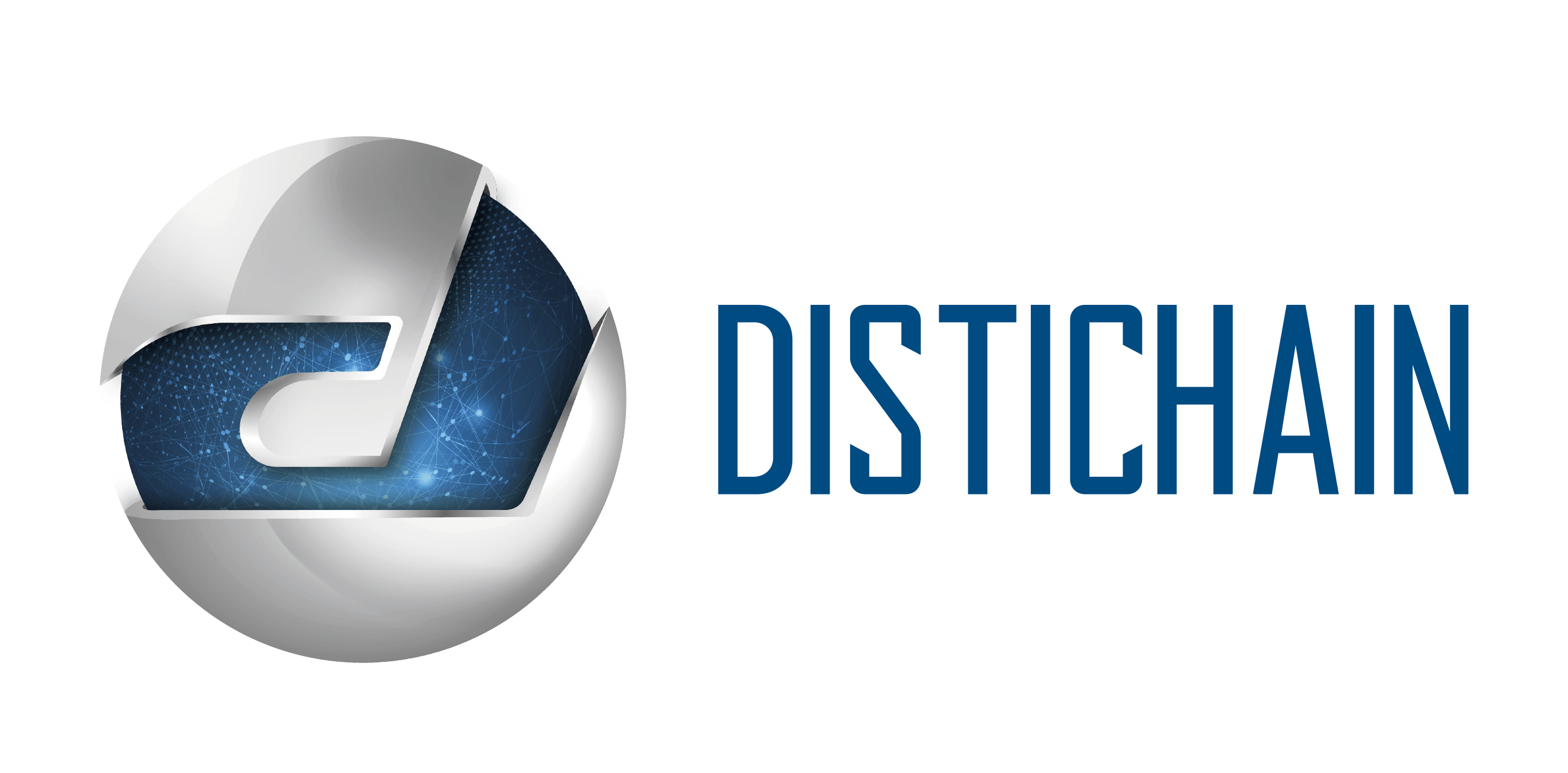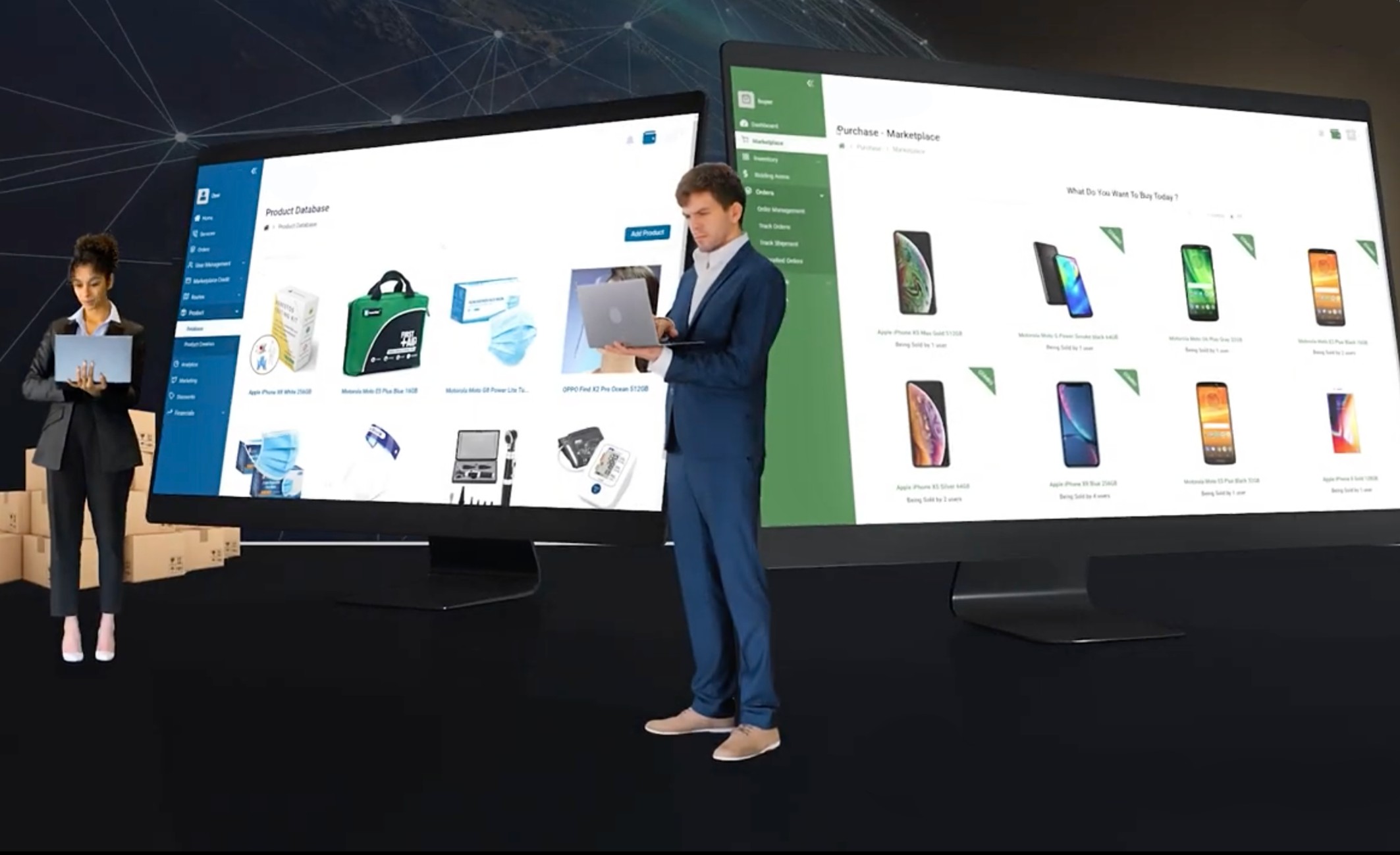In the complex world of B2B trade, managing product information and data can be daunting. Businesses of all kinds commonly face the challenge of categorizing products to enhance customer experience and streamline business operations.
The solution to these challenges lies in product categorization, specifically in strategically implementing product taxonomy best practices and utilizing an automated Product Information Management (PIM) solution. This article provides a comprehensive guide to understanding these concepts and their importance in B2B trade.
The Importance of Product Categorization in B2B Trade
To start, product categorization is the systematic approach to organizing products into distinct groups based on their characteristics, such as their attributes, benefits, collections, or tags. We commonly see this categorization in physical and online stores, where similar items are grouped together for easy discovery.
This is a cornerstone of effective B2B trade, aiding product discovery, enhancing customer experience, and streamlining business operations. It’s crucial for businesses with specific needs and limited browsing time. A well-organized system improves product findability, operational efficiency and can boost sales.
Understanding Product Taxonomy and Its Best Practices
Moving deeper into product categorization, we have the main focus: product taxonomy, a hierarchical classification of products. Think of it like a family tree for your products, where each is classified under a specific category and subcategory based on its characteristics. This structure simplifies navigation and product discovery for users.
A well-structured product taxonomy is vital for the searchability of products. When a user searches for a specific product, the experience can be smooth and efficient if the taxonomy is done correctly.
To maximize the benefits of product taxonomy, several best practices should be adopted:
- Consistency in categorization: Ensuring that products are accurately classified under the correct categories and subcategories maintains a clean and organized product catalog. This consistency is crucial in providing a seamless customer experience and ensuring efficient operations.
- Prioritizing user-friendly terms: Utilizing terminology that customers are familiar with enhances the customer experience by making product discovery more intuitive. This involves understanding your customers’ language and words and incorporating them into your product taxonomy.
- Regular review and update: Keeping product information relevant and up-to-date requires regular reviews and updates of product categories and taxonomy based on market trends and customer behavior. This approach ensures that your product taxonomy evolves with your business and the market.
A Breakdown of PIM & its Benefits
At the heart of effective product taxonomy is Product Information Management (PIM), a tool that ensures that all product information is accurate, consistent, and up-to-date on your marketplace.
PIM is the backbone of any successful product categorization strategy, providing the necessary infrastructure for managing vast amounts of product information. As an essential instrument, automating it yields benefits. The benefits of using an automated PIM in B2B trade are as follows:
- Efficiency in product management: Automated PIM systems can handle large volumes of information, reducing manual work and increasing productivity. This efficiency allows businesses to focus on other critical aspects of their operations.
- Improved product discovery: A well-structured product taxonomy allows customers to easily navigate and find their desired products. This improved product discovery can lead to increased sales and customer satisfaction.
- Enhanced customer experience: Accurate and consistent product information leads to a better shopping experience.
Choosing the Right PIM Solution
B2B software solutions come in many forms, with the right PIM solution being a crucial choice. This decision involves understanding a few key components:
- GS1: This is the global standard for business communication. Known for its barcode standard, GS1 ensures that product information is universally understood and accepted.
- HS Codes: Also known as Harmonized System codes, these provide standardized names and numbers for traded products. Customs authorities worldwide use these codes to identify products for applying duties and taxes.
- SKU: Standing for Stock Keeping Unit, an SKU is a unique identifier for different products. Each SKU has an associated HS code used for logistics.
In our globalized trade environment, product compliance is crucial. Products often cross multiple borders and must meet various regulatory requirements. Ensuring that a chosen PIM system aligns with both GS1 standards and HS codes can reduce the risk of shipment delays or customs issues.
When choosing a PIM, the aim should be to tailor it for cross-border trade and supply-chain/logistics requirements. The right PIM should be able to ensure each SKU matches the correct HS code. This way, everything is compliant when it’s time for shipment, reducing potential customs complications. This makes your product information universally understood and accepted and correctly classifies your products for international trade.
Therefore, not all PIM solutions are created equal. When choosing the right PIM, remember that it should align with GS1 standards and HS codes, making it ideal for today’s complex trade environment.
A Visual Guide to Product Categorization
To further illustrate this, here is a visualization of the hierarchy style of product categorization. A well-implemented PIM system can effectively categorize products, providing a clear and concise view of product taxonomy best practices.

The Game Changer in B2B Trade: Product Taxonomy and Automated PIM
Overall, the importance of product taxonomy and the role of automated PIM in B2B trade cannot be overstated. By adopting a robust PIM system, businesses can streamline their product categorization, improve customer experience, and ultimately enhance their B2B trade operations.
We encourage businesses to consider adopting automated PIM for their product categorization needs. Embrace product taxonomy best practices today and revolutionize your B2B trade operations.











